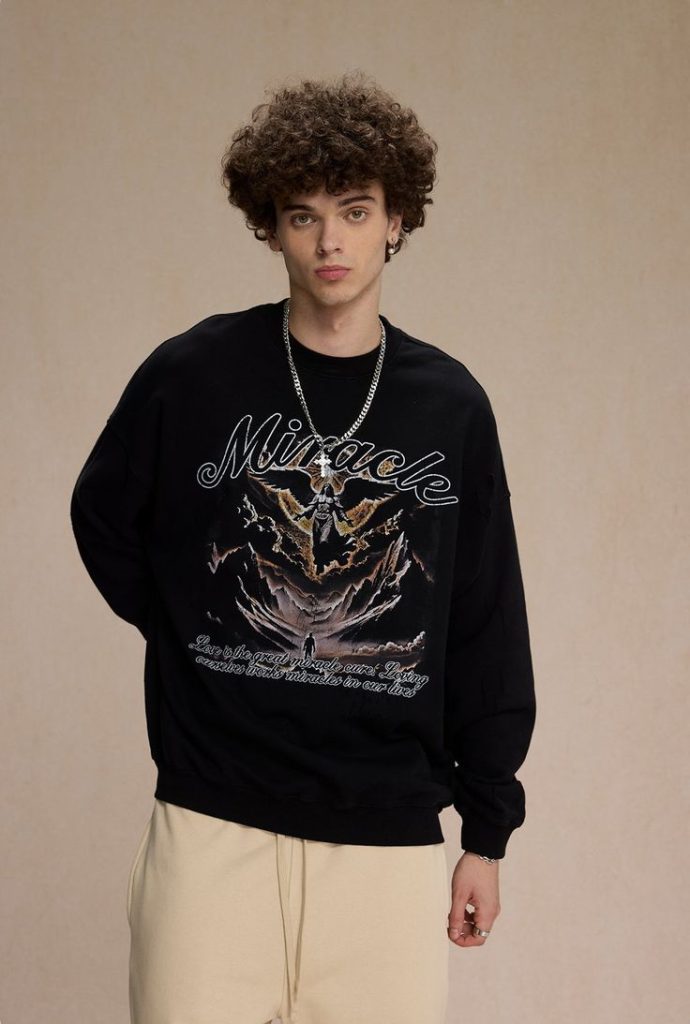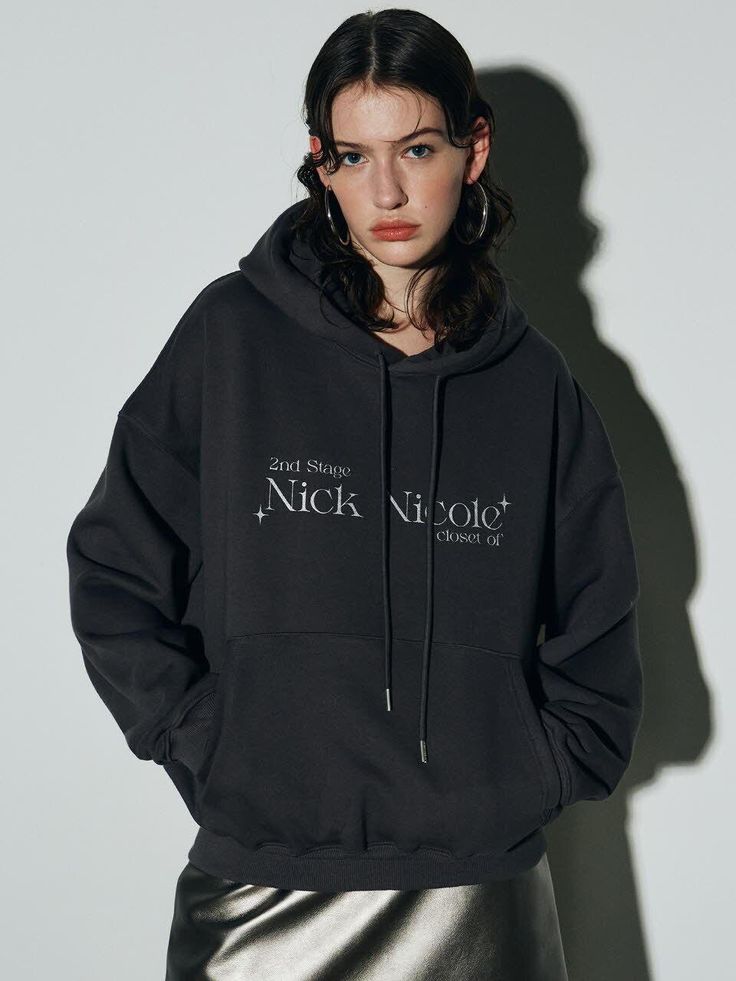Introduction
In the year 2025, fashion is no longer purely about intuition and artistry—it is also about logic, data, and code. The emergence of machine learning and autonomous design has forever changed the way clothing is conceptualized, constructed, and consumed. “Draped in Data” explores how algorithms are not just tools in the background but are becoming creative collaborators. As artificial intelligence takes its seat at the design table, fashion evolves into a hybrid of expression and precision, where garments are built by patterns of information, not just thread.
The Algorithmic Design Process
At the core of algorithm-driven fashion is a revolutionary shift in design methodology. Designers now rely on AI models trained on millions of fashion images, trends, body data, cultural aesthetics, and user preferences. These algorithms predict styles with precision, suggest color palettes, and generate garment templates based on predictive modeling. The outcome is fashion that is faster, more responsive, and deeply in tune with emerging consumer desires.
AI as the New Creative Partner
Artificial intelligence does not replace creativity—it enhances it. Designers input rough sketches or mood boards into generative design systems, which then produce countless variations. These iterations serve as springboards for refinement, allowing human designers to focus on curation and vision. The partnership between creativity and computation results in garments that are not only original but optimized for market success and aesthetic innovation.
Data-Informed Personalization
Consumers in 2025 expect clothing that fits their bodies, moods, and lifestyles precisely. Algorithms analyze user behavior, measurements, environmental data, and emotional inputs to create hyper-personalized apparel. Whether it’s adjusting silhouettes for posture or adapting materials to climate zones, data makes fashion more meaningful and individually resonant.
Autonomous Fashion Production
Automation is not limited to design—it shapes production, too. Smart factories now employ autonomous systems that manage everything from fabric cutting to real-time quality control. This results in faster production cycles, reduced waste, and garments that match the digital vision exactly. The supply chain becomes shorter, more efficient, and aligned with sustainable principles.
Sustainability Through Data Efficiency
Data-driven fashion has unlocked powerful paths to sustainability. Predictive modeling helps brands avoid overproduction by estimating demand with accuracy. Materials are selected based on life-cycle assessments, and AI suggests low-impact alternatives. Waste is minimized through precision cutting, and unsold inventory is reduced through real-time sales forecasting.
Fashion Forecasting Reinvented
Traditional trend forecasting relied on gut feelings and seasonal cycles. In 2025, forecasting is algorithmic. AI monitors social media, purchase behavior, and macro-cultural signals to anticipate shifts in style. This real-time analysis empowers brands to act on micro-trends instantly, creating collections that are responsive rather than speculative.
Virtual Try-Ons and Digital Fit Technology
Data has also transformed the consumer experience. Through AR and digital fitting rooms, shoppers can try on clothing virtually. These systems gather body measurements and movement patterns to offer recommendations that ensure perfect fits. Retail becomes immersive and intuitive, eliminating size guesswork and return rates.
The Ethical Algorithm: Bias and Creativity
While AI offers incredible benefits, it also raises questions. Algorithms can reflect cultural biases or reinforce narrow ideals of beauty. Ethical design in 2025 means ensuring that datasets are inclusive, transparent, and adaptable. Designers and engineers are now working together to build fashion tech that is fair, diverse, and representative.
From Code to Couture: Artistic Experimentation
Beyond practicality, algorithms are enabling new forms of fashion art. Designers use generative adversarial networks (GANs) to create entirely novel aesthetics—blending textures that never existed or rendering conceptual silhouettes. Code becomes a canvas, where fashion moves from the tangible to the visionary, embracing abstraction and futuristic imagination.
AI-Driven Customization in Luxury Fashion
Luxury houses are embracing algorithmic design to offer made-to-order garments that reflect each client’s digital signature. Through biometric data, style history, and digital personality assessments, garments are co-created with clients. The result is an exclusive experience powered by algorithms yet guided by human connection.
Conclusion
“Draped in Data” envisions a fashion world where logic meets emotion, and garments are born from collaboration between algorithms and artists. In 2025, the future of fashion is no longer just sewn—it’s computed, optimized, and deeply personal. As data continues to shape how we design, wear, and experience clothing, one thing is clear: the smartest garments are also the most human.



